Before we started this project, we were finishing a high-resolution (4mm) network map of the human brain connectome using functional imaging data from more than 1000 healthy adults across different stages of the postnatal lifespan (18-85 years) based upon the 1000 Functional Connectomes Project (Biswal et al., 2010; Zuo et al., 2012). This map was shaped like a colored nest and inspired us to name the project. In addition, color nest represents protection, vitality and development, and implies the concept of respecting individual differences of human beings and promoting healthy development and well-being. CCNP is devoted to collecting data on brain structure and function across different stages of the human lifespan.
This is a twenty-year project, and its long-term goal is to create neurobiologically sound developmental curves for the brain to characterize phenomenological changes associated with the onset of varying forms of mental health and learning disorders, as well as to predict the developmental status (i.e., age-expected values) of an individual brain’s structure or function. Beyond neurodevelopment, lifespan perspectives can help reveal commonalities and differences among pathophysiologic processes that manifest similar symptom profiles at different stages in life. From a neurological perspective, brain maturation and aging curves may prove useful for identifying factors that can mitigate neurocognitive decline and potentially identify optimal periods for intervention. We are seeking knowledge that will translate into a better life style and clinical practice.
CCNP – An Accelerated Design
CCNP takes its first stage during 2013 – 2022 (see a final publication). It aims at establishing protocols on the Chinese normative brain development trajectories across the human lifespan. It implements a structured multi-cohort longitudinal design (or accelerated longitudinal design), which is particularly viable for lifespan trajectory studies, and optimal for recoverable missing data. The CCNP pilot comprises three connected components: developing CCNP (devCCNP, baseline age = 6-18 years, 12 age cohorts, 3 waves, interval = 15 months), maturing CCNP (matCCNP, baseline age = 18-60 years, 14 age cohorts, 3 waves, interval = 39 months) and ageing CCNP (ageCCNP, baseline age = 60-84 years, 12 age cohorts, 3 waves, interval = 27 months).

CCNP – An Accelerated Twins Design
This is the second ten-year phase (twin version) of the CCNP (2021 – 2030), which is designed for building the normative curves on brain development derived from 6000 pairs of twins across the life span (6 – 85 years).
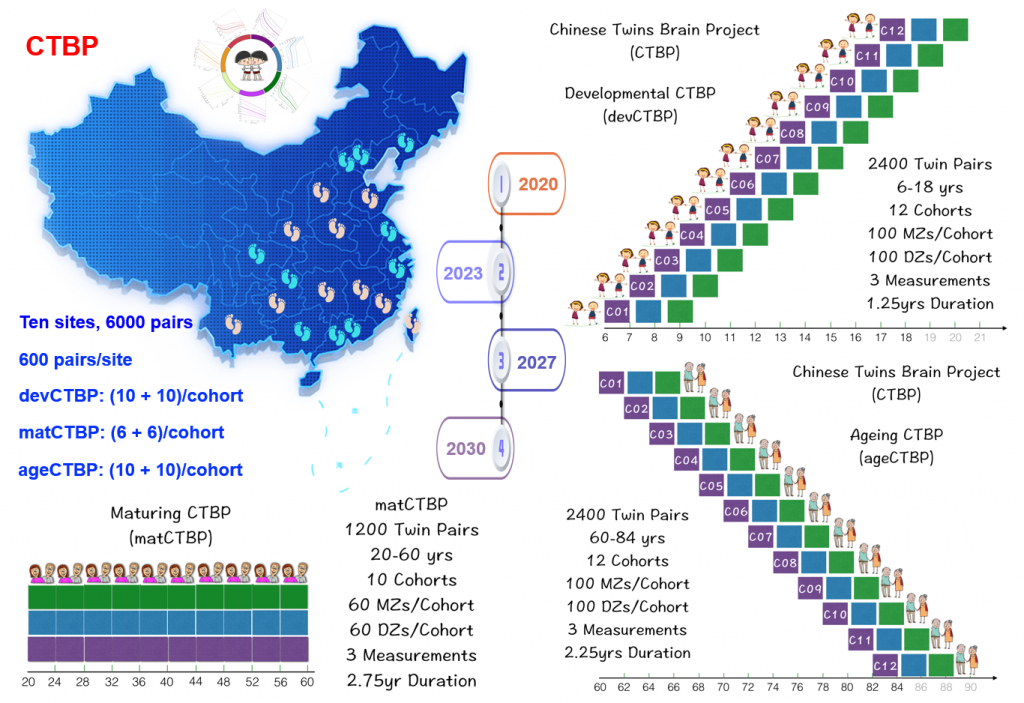
The Chinese Color Nest Consortium
Leadership: Xi-Nian Zuo, Qi Dong (Beijing Normal University)
Sites: Beijing Normal University, Southwest University, Chinese Academy of Sciences Institute of Psychology, Nanjing University, Nankai University, …
Members (keep growing): Ning Yang, Ye He, Zhe Zhang, Hao-Ming Dong, Lei Zhang, Xing-Ting Zhu, Xiao-Hui Hou, Yin-Shan Wang, Quan Zhou, Zhu-Qing Gong, Li-Zhi Cao, Ping Wang, Yi-Wen Zhang, Dan-Yang Sui, Ting Xu, Gao-Xia Wei, Zhi Yang, Lili Jiang, Hui-Jie Li, Ting-Yong Feng, Antao Chen, Jiang Qiu, Xu Chen, Xun Liu, Ke Zhao, Yi Du, Min Bao, Yuan Zhou, Yan Zhuo, Zhentao Zuo, Li Ke, Chuanjun Zhuo, Fei Wang, Zhi-Xiong Yan, Xue-Quan Su, …
Consultants: F.Xavier Castellanos, Michael Peter Milham, Yu-Feng Zang
Data Sharing
The CCNP data will be publicly shared via the National Science Data Bank and fully available to the research community when acquisition is completed for the pilot CCNP. At this stage, data are only available to researchers and collaborators of CCNP. Requests for further information and collaboration are encouraged and considered by the CCNP Consortium, and please read the Data Use Agreement and contact us via deepneuro@bnu.edu.cn.
- Imaging Chinese Young Brains (I See Your Brain)
- Brain funtional connectivity matrices for children and adolescents at school age
- Age- and enthinity-specific brain templates and growth charts for children and adolescents at school age
Funding Support
- National Basic Science Data Center `Chinese Data-sharing Warehouse for In-vivo Imaging Brain’ (NBSDC-DB-15)
- National Key Basic Research and Development (973) Program (2015CB351702)
- Major Joint Fund for International Cooperation and Exchange of the Natural Science Foundation of China (81220108014)
- Major Project of National Social Science Foundation of China (14ZDB161, 20&ZD296)
- Chinese Academy of Sciences (CAS) Key Research Program (KSZD-EW-TZ-002), the China – Netherlands CAS-NWO Programme (153111KYSB20160020)
- Beijing Municipal Science and Technology Commission (Z161100002616023, Z171100000117012, Z181100001518003)
- Key-Area Research and Development Program of Guangdong Province (2019B030335001)
- Guangxi BaGui Scholarship (201621)
- Startup Funds for Leading Talents at Beijing Normal University
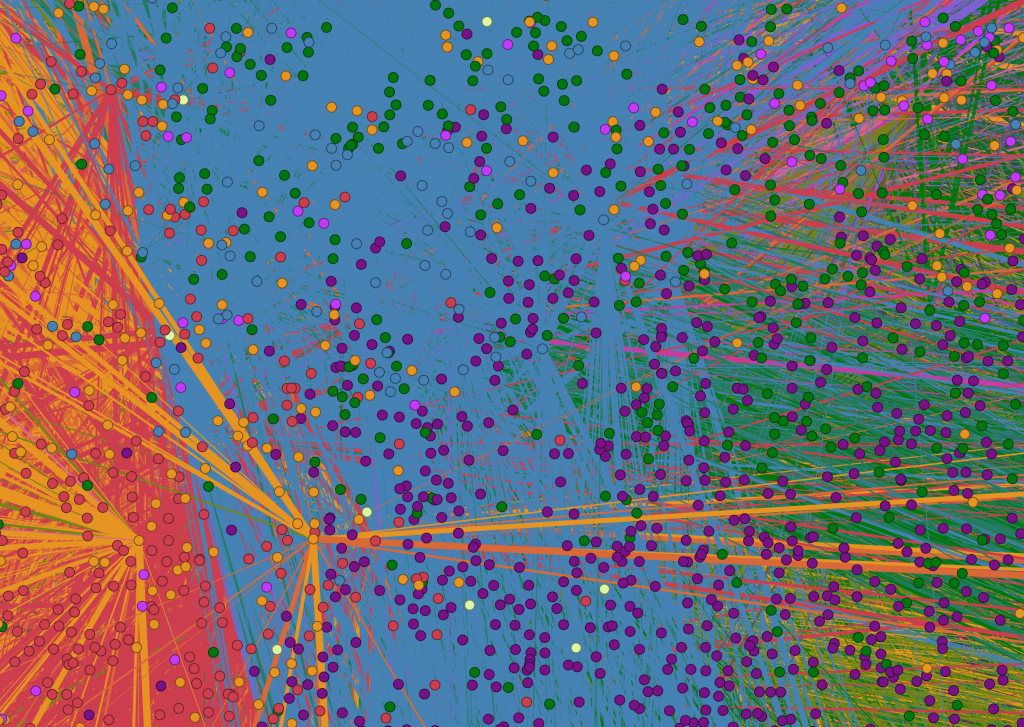
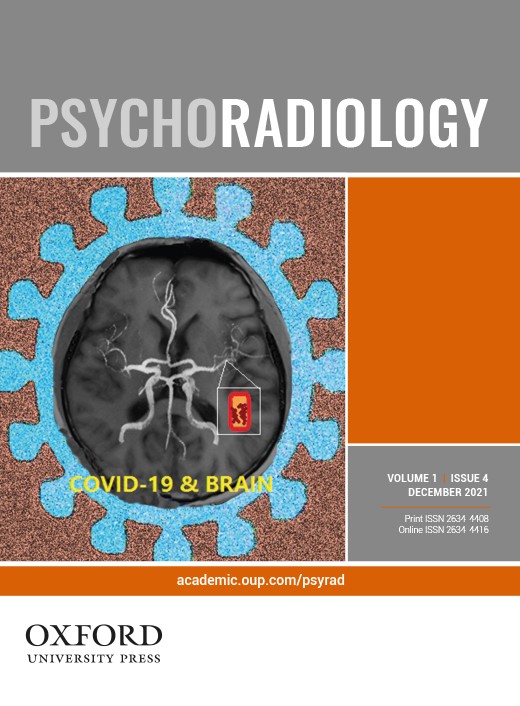
Neuroimaging brain growth charts: A road to mental health. Chen LZ, Holmes AJ, Zuo XN, Dong Q. Psychoradiology. 2021; 1:272-286.

Charting the human amygdala development across childhood and adolescence: Manual and automatic segmentation. Zhou Q, Liu S, Jiang C, He Y, Zuo XN, Chinese Color Nest Consortium. Developmental Cognitive Neuroscience. 2021; 52:101028.

Chinese Color Nest Project: An accelerated longitudinal brain-mind cohort. Liu S, Wang YS, Zhang Q, Zhou Q, Cao LZ, Jiang C, Zhang Z, Yang N, Dong Q, Zuo XN, Chinese Color Nest Consortium. Developmental Cognitive Neuroscience. 2021; 52:101020.

Shifting gradients of macroscale cortical organization mark the transition from childhood to adolescence. Dong HM, Margulies DS, Zuo XN, Holmes AJ. Proceedings of National Academy of Sciences USA. 2021; 118(28):e2024448118.
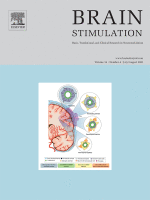
Transcranial brain atlas for school-aged children and adolescents. Zhang Z, Li Z, Xiao X, Zhao Y, Zuo XN, Zhu C. Brain Stimulation. 2021; 14(4):895-905.
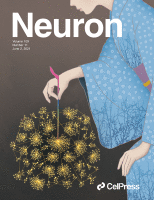
Brainhack: Developing a culture of open, inclusive, community-driven neuroscience. Gau R, Noble S, Heuer K, Bottenhorn KL, Bilgin IP, Yang YF, Huntenburg JM, Bayer JMM, Bethlehem RAI, Rhoads SA, et al; Brainhack Community. Neuron. 2021; 109(11):1769-1775.
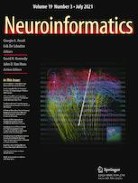
DREAM : A Toolbox to Decode Rhythms of the Brain System. Gong ZQ, Gao P, Jiang C, Xing XX, Dong HM, White T, Castellanos FX, Li HF, Zuo XN. Neuroinformatics. 2021; 19(3):529-545.

Charting brain growth in tandem with brain templates at school age. Dong HM, Castellanos FX, Yang N, Zhang Z, Zhou Q, He Y, Zhang L, Xu T, Holmes AJ, Yeo, BTT, Chen F, Wang B, Beckmann F, White T, Sporns O, Qiu J, Feng T, Chen A, Liu X, Chen X, Weng X, Milham MP, Zuo XN. Science Bulletin. 2020; 65(22):1824-1834.

Reliability map of individual differences reflected in inter-subject correlation in naturalistic imaging. Gao J, Chen G, Wu J, Wang Y, Hu Y, Xu T, Zuo XN, Yang Z. Neuroimage. 2020; 223:117277.
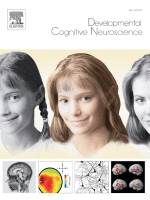
OFC and its connectivity with amygdala as predictors for future social anxiety in adolescents. Mao Y, Zuo XN, Ding C, Qiu J. Developmental Cognitive Neuroscience. 2020; 44:100804.
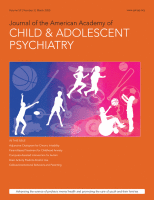
Editorial: Mapping the Miswired Connectome in Autism Spectrum Disorder. Zuo XN. Journal of the American Academy of Child & Adolescent Psychiatry. 2020; 59(3):348-349.
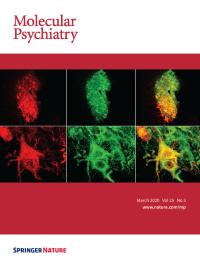
CHIMGEN: a Chinese imaging genetics cohort to enhance cross-ethnic and cross-geographic brain research. Xu Q, Guo L, Cheng J, Wang M, Geng Z, Zhu W, Zhang B, Liao W, Qiu S, Zhang H, et al; CHIMGEN Consortium. Molecular Psychiatry. 2020; 25(3):517-529.
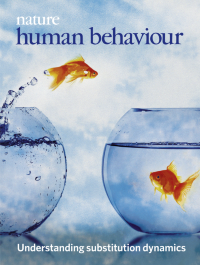
Harnessing reliability for neuroscience research. Zuo XN, Xu T, Milham MP. Nature Human Behaviour. 2019; 3(8):768-771.

Editorial: Reliability and Reproducibility in Functional Connectomics. Zuo XN, Biswal BB, Poldrack RA. Frontiers in Neuroscience. 2019; 13:117.
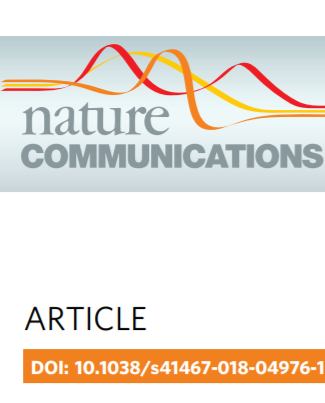
Assessment of the impact of shared brain imaging data on the scientific literature. Milham MP, Craddock RC, Son JJ, Fleischmann M, Clucas J, Xu H, Koo B, Krishnakumar A, Biswal BB, Castellanos FX, et al. Nature Communications. 2018; 9(1):2818
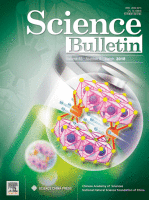
Developmental population neuroscience: emerging from ICHBD. Zuo XN, He Y, Su X, Hou XH, Weng C, Li Q. Science Bulletin. 2018; 63(6):331-332.

Human Connectomics across the Life Span. Zuo XN, He Y, Betzel RF, Colcombe S, Sporns O, Milham MP. Trends in Cognitive Sciences. 2017; 21(1):32-45.
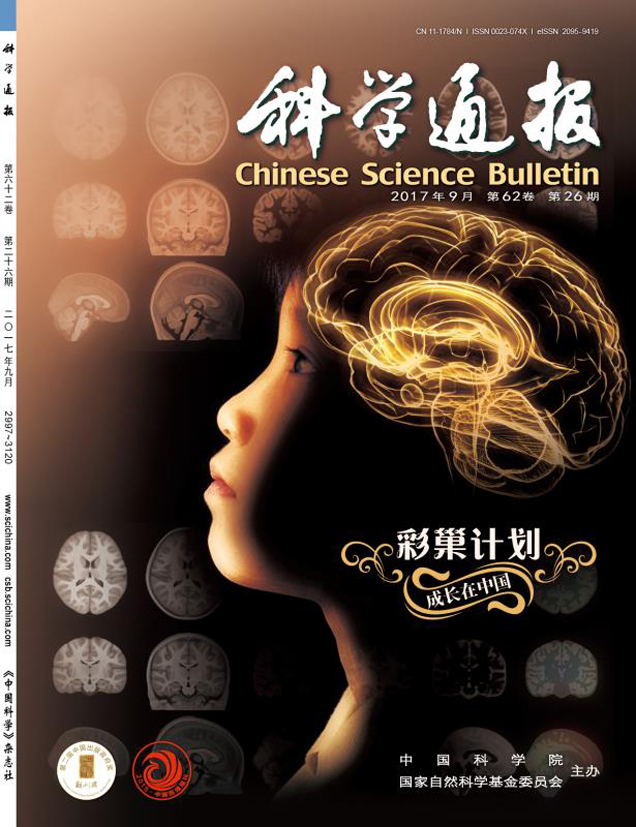
彩巢计划—”成长在中国”. 杨宁, 何叶, 张喆, 董昊铭, 张蕾, 朱幸婷, 侯晓晖, 王银山, 周荃, 宫竹青, 曹立智, 王平, 张一文, 隋丹阳, 徐婷, 魏高峡, 杨志, 姜黎黎, 李会杰, 冯廷勇, 陈安涛, 邱江, 陈旭, 左西年. 科学通报. 2017; 62(26):3008–3022.


Dear professor of CCNP.
I’m a student from Beijing Tiantan Hospital who have great interest in fMRI of child. Occasionally, I learned your meeting from other website. I want to ask if it’s convenient for you to give your download address of the public database.
All the best
Li Junjie
Hey Junjie — As you can see from the recent updates. Some intermedia data have been shared at the National Science Data Bank. The whole data is now only available for the CCNP consortium while the external colloborations are welcome to discuss about with the CCNP team. Best, CCNP Consortium.